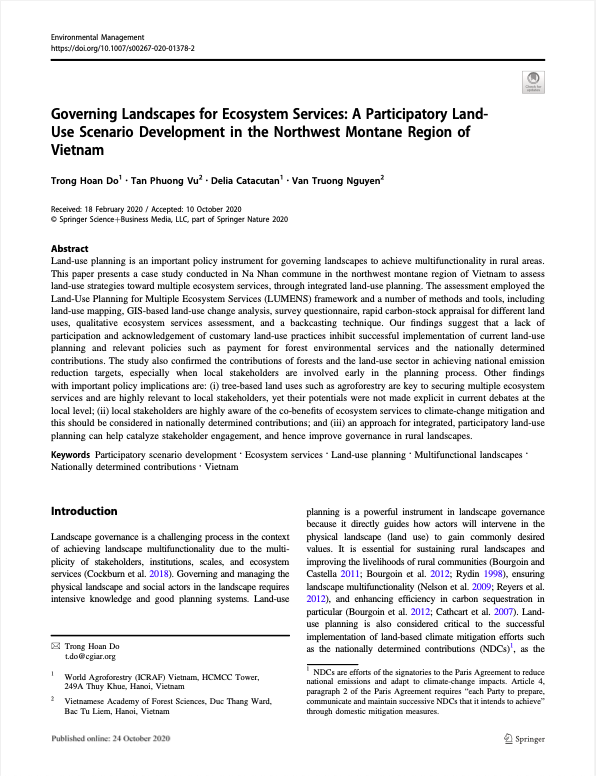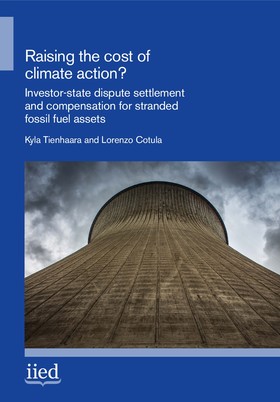Spatial and Ecological Farmer Knowledge and Decision-Making about Ecosystem Services and Biodiversity
Amid climate change, biodiversity loss and food insecurity, there is the growing need to draw synergies between micro-scale environmental processes and practices, and macro-level ecosystem dynamics to facilitate conservation decision-making. Adopting this synergistic approach can improve crop yields and profitability more sustainably, enhance livelihoods and mitigate climate change.





